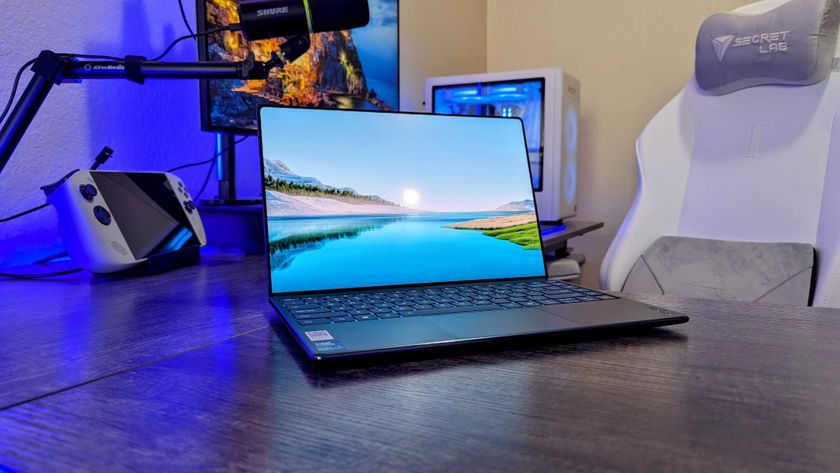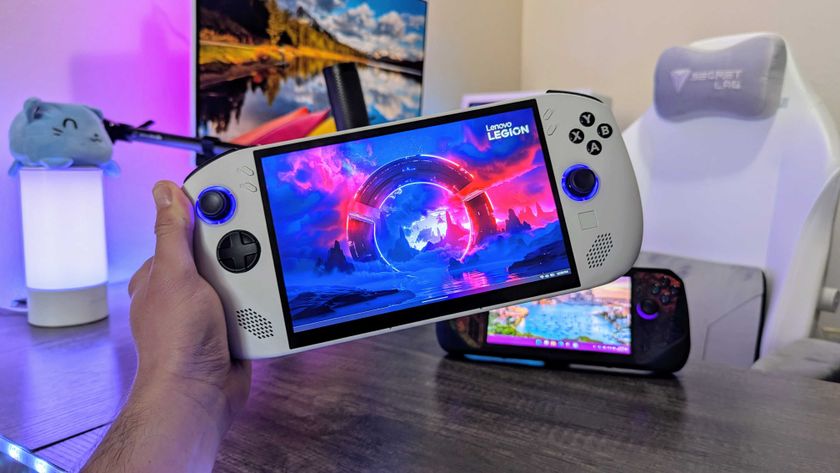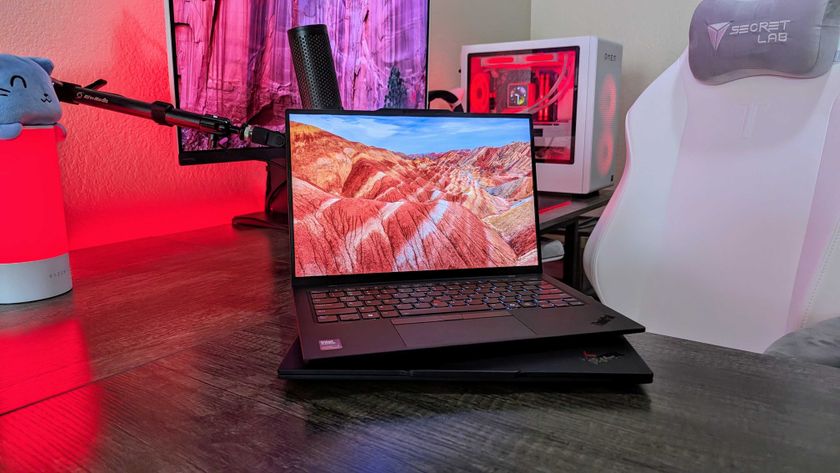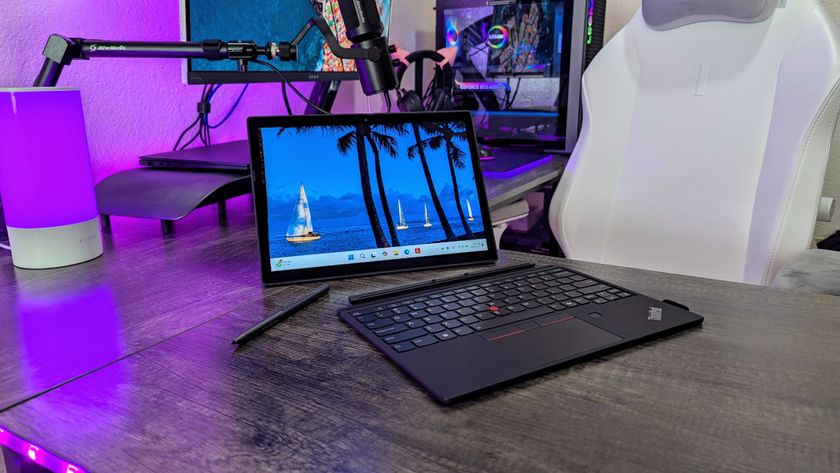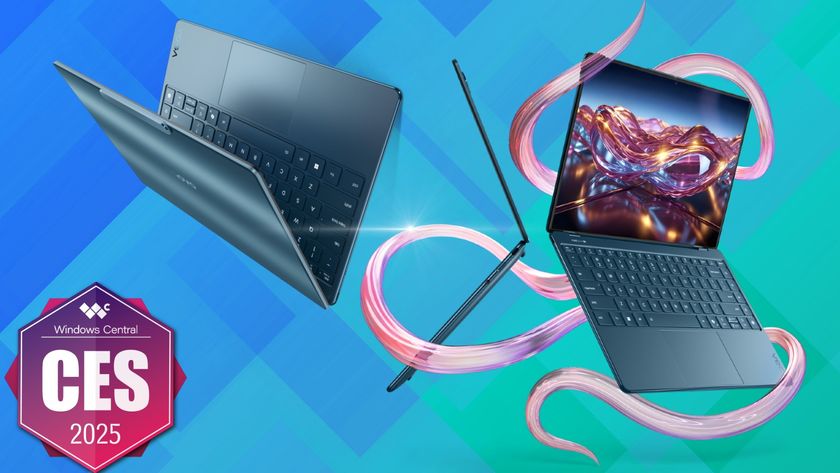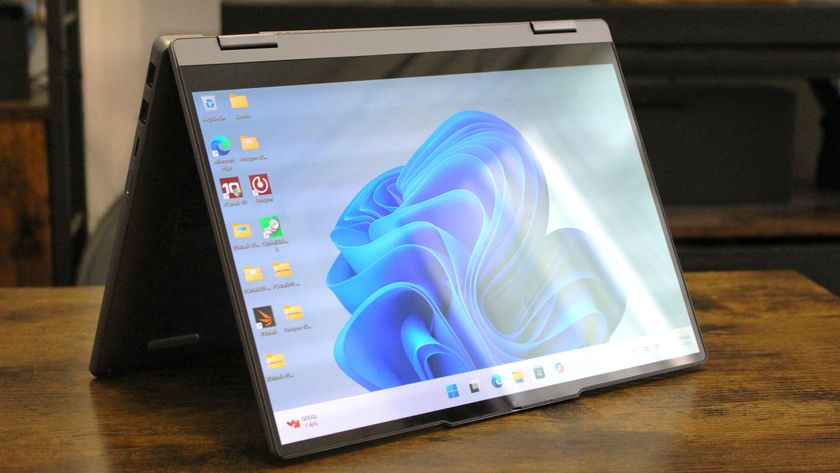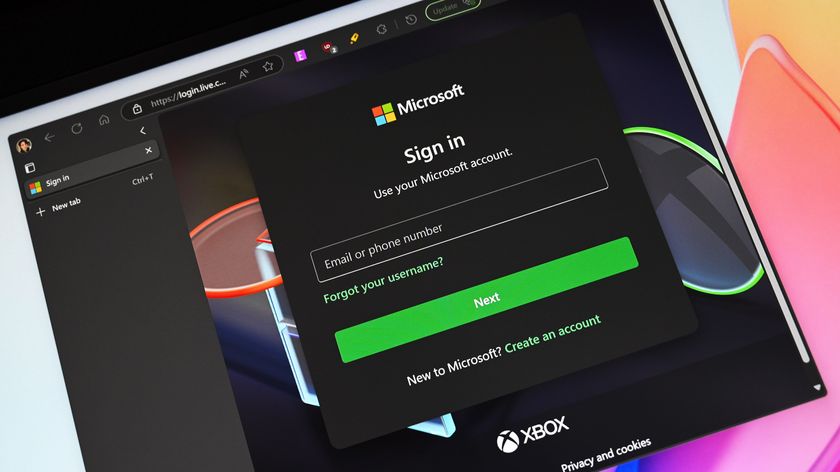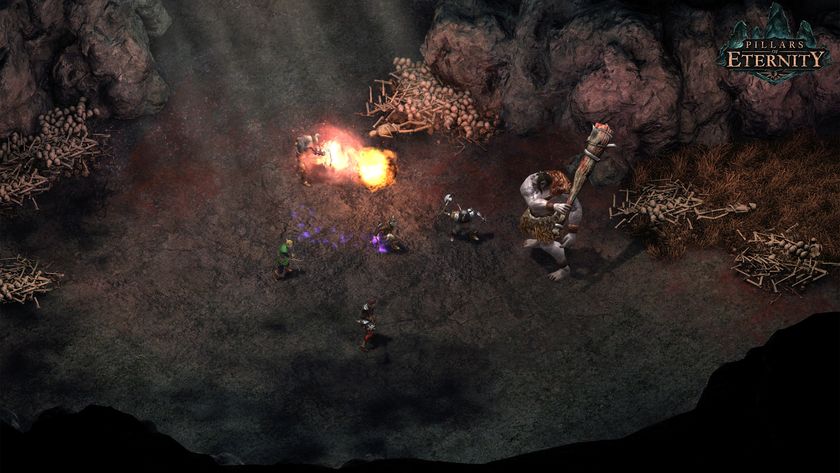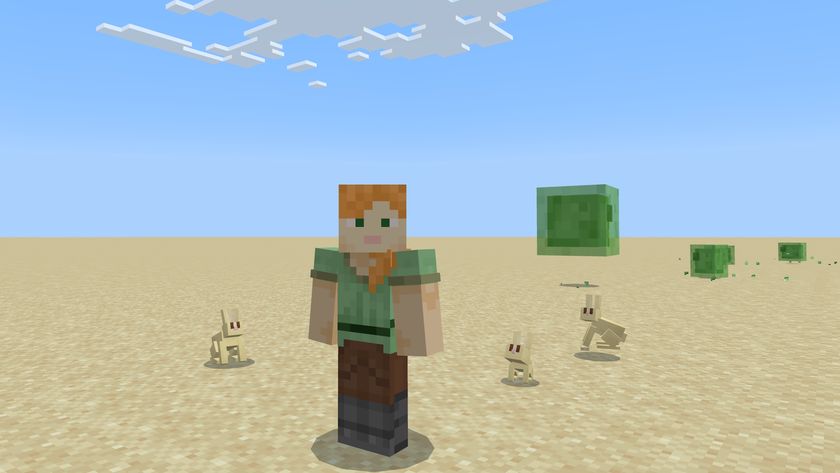Lenovo's innovative Yoga Book defies expectations and categorization
Who needs keys anyway?
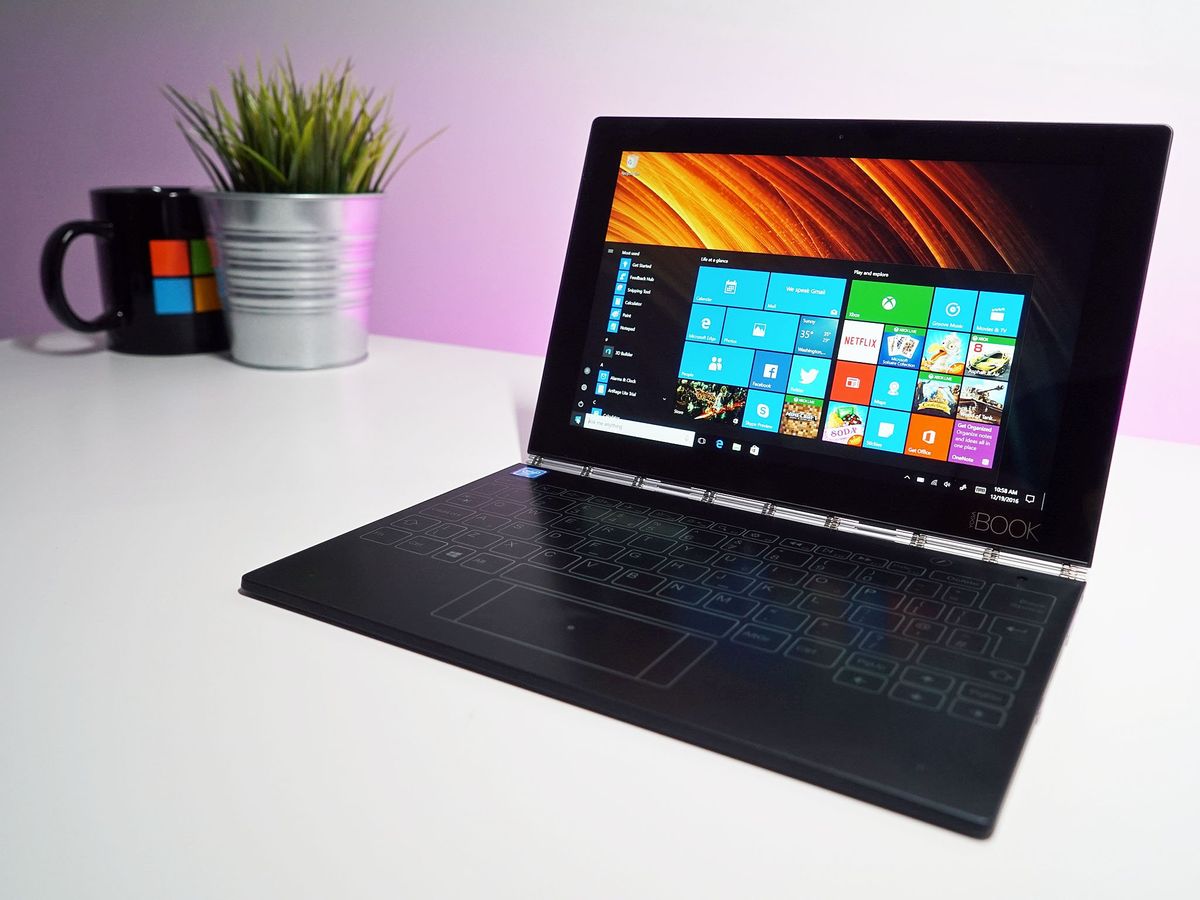
When it comes to Windows 10, Microsoft is changing the rules for hardware companies by creating an OS that can adapt to new, creative hardware. Lenovo stepped up to the challenge in creating the Yoga Book.
Zac Bowden already gave the Yoga Book a full review, but now it's my turn to get a shot at this category-defying Windows 10 PC.
Before we dive into the specifications of the Yoga Book, let's talk a little bit about what this device is and who it is for, because this is some uncharted territory.
Yoga Book should first be thought of as a tablet that also has a keyboard - a keyboard that you can also draw on or take notes. It may look like a laptop, but the Yoga Book blurs the lines between a device for consumption and one for creating. And that's a good thing. For too long tablets were great are viewing media, but failed at anything more like typing a few paragraphs, taking notes, or even running Photoshop.
| Category | Features |
|---|---|
| Display | 10.1-inch IPS Full HD (1920x1200)400 nits |
| Processor | 2.4 GHz Intel Atom x5-Z8550 |
| Memory | 4GB RAM |
| Power | 8500mAh battery |
| Storage | 64GB internalmicroSD card slot |
| Port | Micro-USB |
| Camera | 8 MP AF rear camera2 MP fixed-focus front camera |
| Sound | Dolby Audio Premium |
| Size | 10.1 x 0.38 x 6.72 in256.6 x 9.6 x 170.8 mm |
| Weight | 1.52 lbs (690 g) |
| WLAN | WiFi 802.11 a/b/g/n/ac |
That all changes with a device that's thin and light enough to toss in your jacket, purse, or side pocket in your bag.
At less than 10mm thin and weighing just 1.5 pounds, the Yoga Book with Windows 10 is one of the smallest PCs available. It's seriously light. And yet, it's also seriously premium with that excellent watch-band hinge and aluminum and magnesium chassis. Pull this out of your bag in public, and I assure you people will take notice.
The 2.4Ghz Intel Atom processor gets you enough power to run full PC apps, but it won't zap your battery. You can expect 8 to 9 hours of real-world usage meaning you can leave the charger at home. There's also no fan, so no noise either.
Get the Windows Central Newsletter
All the latest news, reviews, and guides for Windows and Xbox diehards.
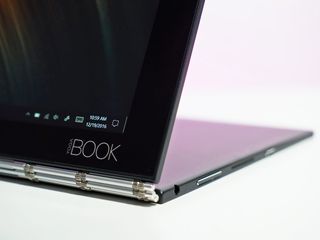
The 10-inch Full HD display is still more than enough for watching movies especially with the unexpectedly powerful speakers, and it will also help if running Office, OneNote or your favorite sketching program. There's 64GB of internal storage with micro SD expansion, 4GB of RAM, and two cameras: an 8MP auto-focus rear camera and a 2MP front-facing camera for Skype calls.
The real magic with the Yoga Book comes down to its stylus and Halo Keyboard. Looking like something from the future, the touch-based light-outlined keyboard is a better typing experience than you might expect. It's perfect for emails, Twitter, Facebook, or any light productivity. It reminds me of ergonomic keyboards that take some adjustment, but once you acclimated it's more than fine. There's even haptic feedback and audio cues to help you adjust — and the keyboard will also adjust over time to how you type.
But like I said, think of the Yoga Book as a tablet with a keyboard and not a laptop and you'll be okay.
The built-in trackpad is also fine for most tasks, but you can always use a Bluetooth mouse for a more robust experience. While it is small, it's not bad either.
Inking time
The stylus lets you take handwritten notes in OneNote, do sketches, diagram your next project or create whatever you want. You can even toss in a real pen replacement to take notes on paper that then transfer to the Yoga Book. To turn the Halo keyboard off and go into pen-mode you just press the pen button near the top. This action also reveals an onscreen OneNote icon in case you want to jump into Microsoft's preferred note taking app. OneNote syncs across your PCs and phones too so you don't to worry about transferring anything later.
Microsoft is doing a lot these days with native inking technology in Windows 10, which is all here too. Expect even more inking abilities with the free Creator's Update due in early 2017. I expect something like Yoga Book to benefit massively from that update since inking and 3D Paint are its focus.
Who this is for
So, who would benefit from such a device? The Yoga Book seems perfect for students who will quickly toss the smart tablet into their school bag. Artists or creatives who are out for the day and who want to pack light. Also, anyone who just wants a fun, unique PC that could expand their abilities either on the go or the couch.
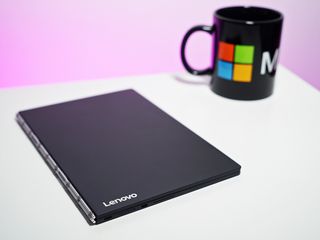
Yoga Book is a whole new category of computing device. Play games, watch a movie, check on Twitter, type an email, do some drawing, it doesn't matter as you have a full computer that you can easily hold with a single hand. It's not a device for everyone, but I think many who want to do more than what a phone can do without carrying a laptop or 3-pound tablet will reap its rewards.
It remains to be seen how well people adopt the Yoga Book, but so far people are finding uses for it in their daily lives. There is a ton of potential with this category, and the Yoga Book is likely the trailblazer for it. And if, for some reason, Windows 10 isn't your thing, Lenovo also makes an Android version of the Yoga Book, and a Chrome OS-powered variant is expected for 2017.
Personally, I can't help but think of how cool it is to have something like this headed into 2017. Creativity is coming to everyone – people and companies like Lenovo – and we are seeing a resurgence of category defining PCs. I, for one, welcome it.

Daniel Rubino is the Editor-in-chief of Windows Central. He is also the head reviewer, podcast co-host, and analyst. He has been covering Microsoft since 2007 when this site was called WMExperts (and later Windows Phone Central). His interests include Windows, laptops, next-gen computing, and wearable tech. He has reviewed laptops for over 10 years and is particularly fond of 2-in-1 convertibles, Arm64 processors, new form factors, and thin-and-light PCs. Before all this tech stuff, he worked on a Ph.D. in linguistics, performed polysomnographs in NYC, and was a motion-picture operator for 17 years.
